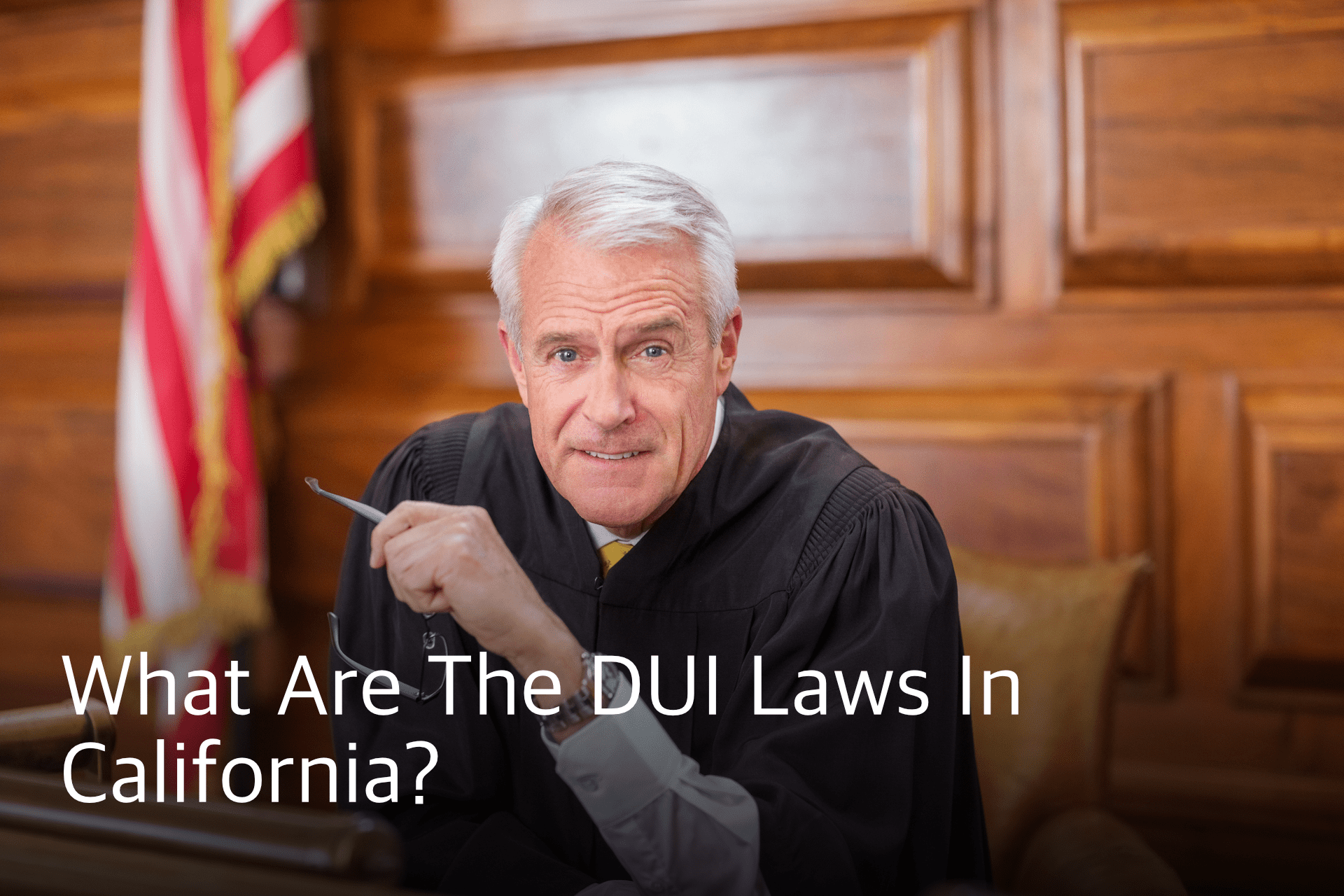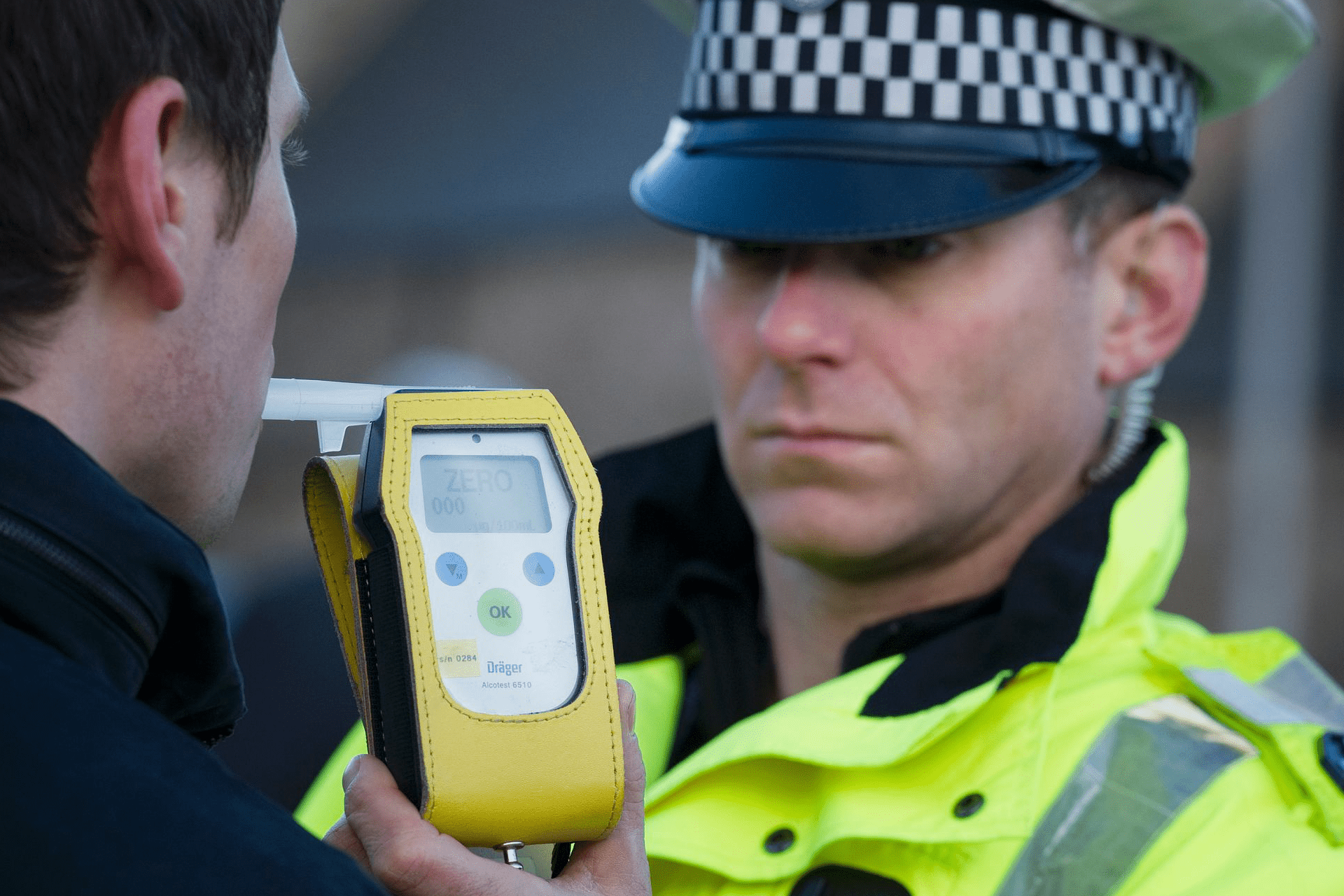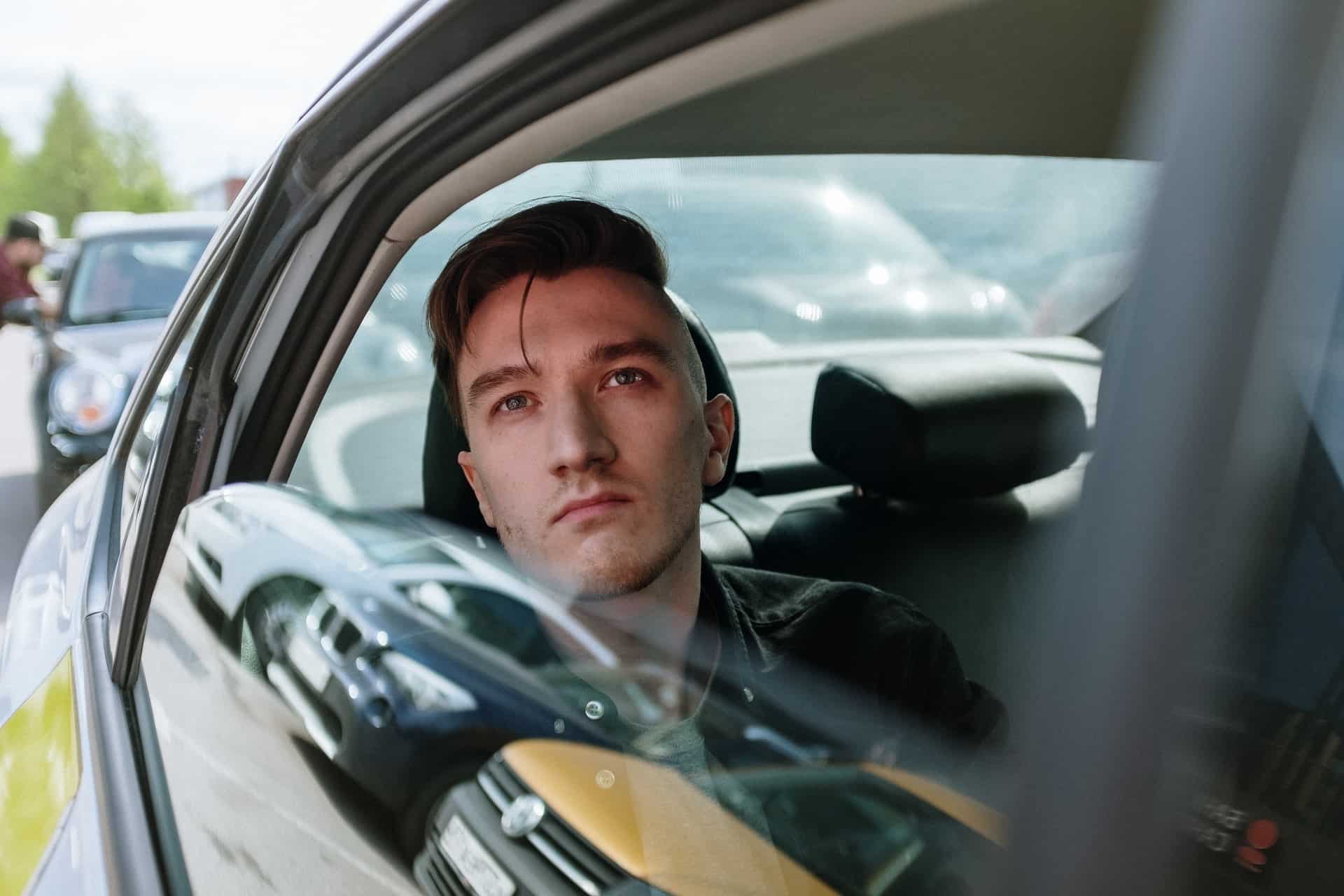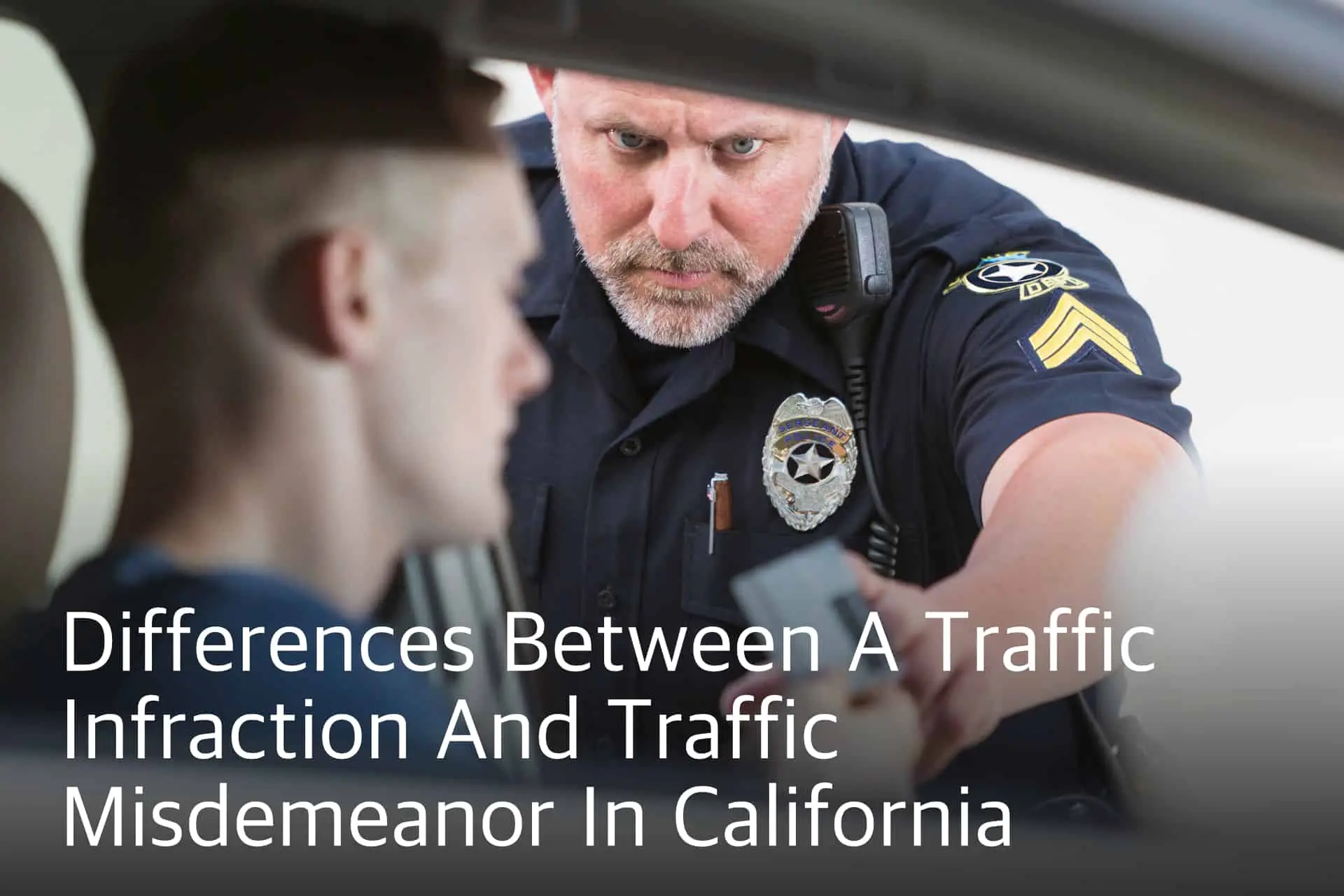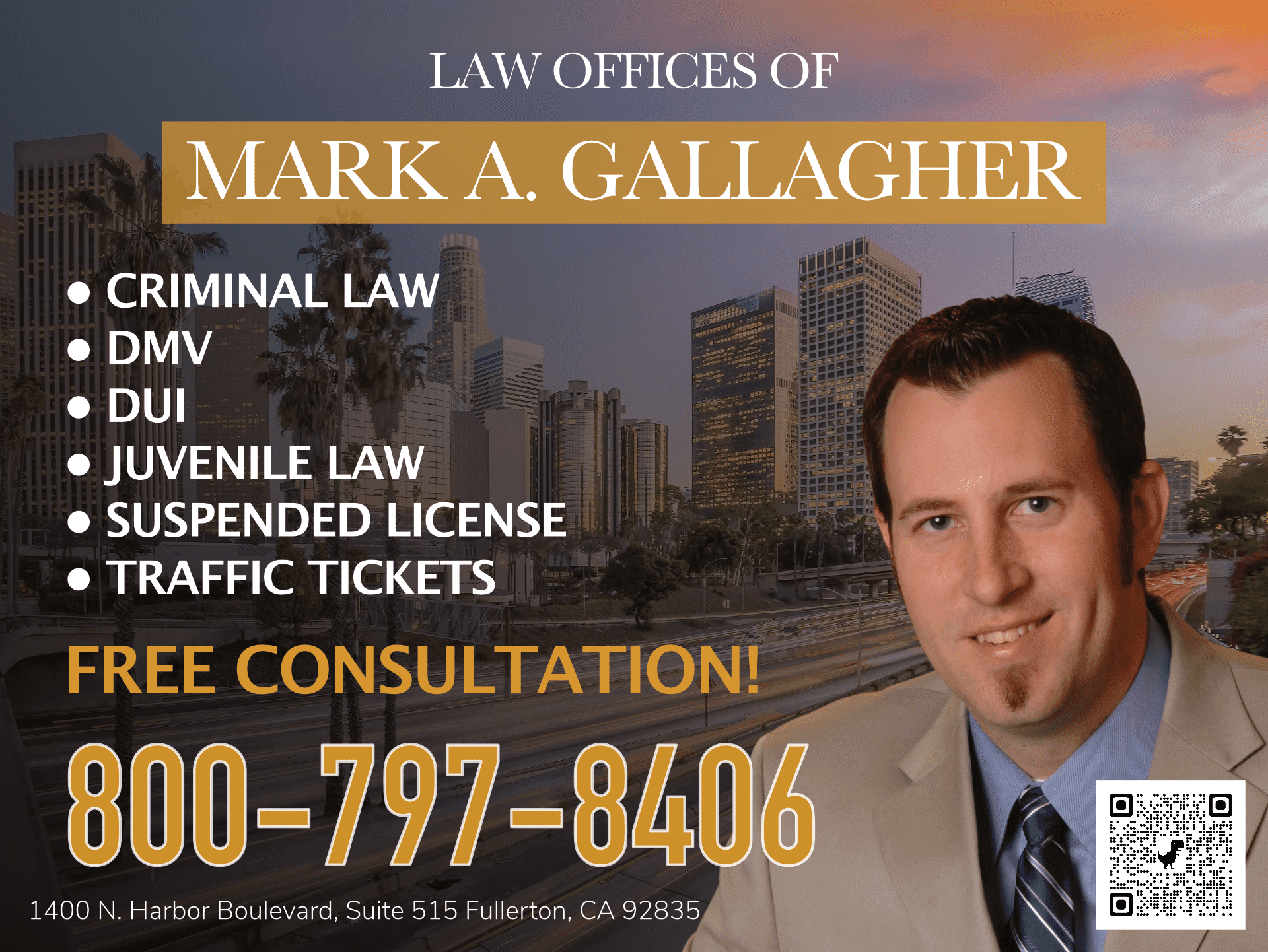DUI Laws in California
The fact is there are many DUI laws in California – some are very rigid while others are more nuanced. Below we answer 3 typical question that explore some general DUI laws in California.
1. Can I get a DUI if I refused the breathalyzer test?
Yes. You can be arrested, prosecuted, and even convicted of DUI in California even if you refuse the breathalyzer test. There are several ways this can happen. Most common, the police will obtain a warrant, known as a McNeely warrant, after you refuse the test. The warrant will allow the police to do a “forced blood draw” which is exactly what it sounds like.
If the order is lawfully obtained, the order will authorize the police to use a reasonable amount of force to restrain you and obtain a blood sample to determine your level of intoxication. Even if the police do not obtain a blood draw, you can still get a DUI after refusing a breathalyzer test.
The prosecutor could proceed to trial by introducing other types of evidence to show that you were driving under the influence. This could include field sobriety tests, your driving pattern, a traffic accident if one occurred, the officer’s observations of your objective symptoms and or the testimony of a DRE (drug recognition expert) or other qualified expert to provide opinion testimony as to your level of intoxication at the time of driving.
2. Can I get a DUI if I was not actually driving?
This is a tricky one, let’s break it down. The prosecutor in a California DUI case must prove beyond a reasonable doubt that you were DRIVING while under the influence. This makes driving an essential element of the offense. But how does the law define “driving” in California? Driving has been defined as “volitional movement” in Mercer v. DMV (1991) 53 Cal.3d 753.
After Mercer, the California appellate court held that steering a moving car, even while someone else worked the gas and break, qualified as driving. In re Queen T. (1993) 14 Cal.App4th 1143. California prosecutors will sometimes use this theory to charge a passenger with DUI if the passenger is intoxicated and grabs the wheel during an argument or in an attempt to gain control of the vehicle for theft, to escape, etc. So while driving is required, driving does not necessarily mean sitting in the driver’s seat.
A second issue that often comes up in this context are cases where you may have actually been driving the car, but there were no witnesses to the driving. Many people mistakenly believe that because they were not CAUGHT driving, they can not be charged with DUI. This is not true, prosecutors can and do charge California DUI cases every day against people who were not caught in the act.
This comes up frequently in cases where there has been an accident and law enforcement or other witnesses arrive after the driving took place, or in cases where a person is found asleep or passed out behind the wheel. In this scenario, the prosecutor will still need to prove beyond a reasonable doubt that the person was driving the car, but because they do not have a witness to the driving, they will attempt to do so using circumstantial evidence.
For example, if you were located behind the driver’s seat in the vehicle after an accident, this is circumstantial evidence that you were driving at the time of the accident. Other factors would include whether or not you were the registered owner, whether or not the vehicle is still running, where the keys were located, whether the driver’s seat was adjusted to the right position for a person of your size and stature and your own statements or admissions.
If you are facing a DUI case that does not include a percipient witness who can testify to driving, you should speak to an experienced DUI attorney as soon as possible to determine whether or not you have a viable “no drive” defense. This defense is often overlooked by inexperienced DUI attorneys and in many cases it provides a better chance of success at trial than contesting the issue of intoxication.
3. What is the legal blood alcohol limit in California?

It also important to note that DUI charges can be based on ANY blood alcohol number. For example a driver aged 25, could be arrested, charged and convicted of DUI in California with a BAC or .05, if the prosecutor is able to prove that the driver was “under the influence” at that level. Since alcohol effects everyone differently, California law allows the prosecutor to proceed under two different legal theories on a DUI.
Under California Vehicle Code 23152(b), the prosecutor makes his or her case by proving that you were driving while .08 or greater. But under California Vehicle Code 23152(a) the prosecutor must only show that you were “under the influence”, which is defined by CALCRIM No. 2110, “A person is under the influence if a result of drinking alcohol and/or taking a drug, his or her mental or physical abilities are so impaired that he or she is longer able to drive a vehicle with the caution of a sober person, using ordinary care, under similar circumstances.”
–Conclusion–
Regardless of the circumstances surrounding your DUI charge, the best option is to hire an experienced DUI attorney to help you get the best possible outcome. If you’re looking for a top DUI lawyer in Southern California, please call the Law Offices of Mark Gallagher so we can assist you in your DUI case. Call us at 800-797-8406 or set up your free consultation below, or CLICK HERE for additional contact information.

